Cleveland Clinic nephrologist shares step-by-step instructions
Areas hard-hit by the COVID-19 pandemic may be experiencing a decreased supply of dialysate solution bags, which are used in continuous renal replacement therapy. A low or threatened supply of dialysate may compromise care for patients with kidney disease who rely on dialysis.
Advertisement
Cleveland Clinic is a non-profit academic medical center. Advertising on our site helps support our mission. We do not endorse non-Cleveland Clinic products or services. Policy
Nearly 30 years ago, Cleveland Clinic began producing its own solution in-house using industry-standard technology. Today, Sevag Demirjian, MD, Director of Critical Care Nephrology in the Glickman Urological & Kidney Institute, and his team share step-by-step instructions for the in-house production of ultra-pure continuous hemodialysis fluid in the video featured below. This video was created to offer support and instruction to other healthcare centers that may be interested in producing their own dialysate solution:
A Quality Assurance process is integral in the production of ultrapure continuous hemodialysis solution, as outlined in this video. By way of example, Cleveland Clinic follows the below Quality Assurance protocol:
By using the information in this video and/or any other materials made available by Cleveland Clinic related to the dialysate solution, you agree to comply with and be bound by the terms of the Permissive Use Agreement, a copy of which is available here.
Advertisement
Advertisement
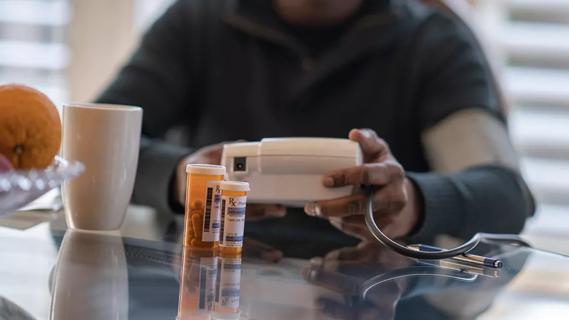
Clinicians should individualize dosing practices based on patient risk factors and preferences
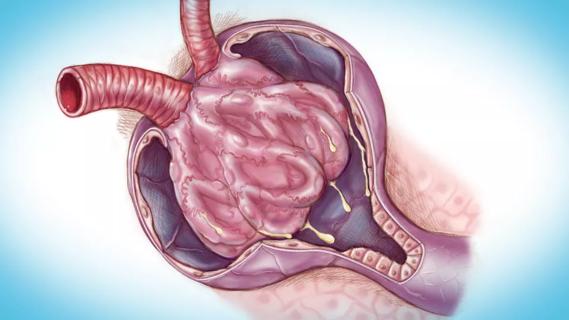
Fully-automated process uses preop CT, baseline GFR to estimate post-nephrectomy renal function
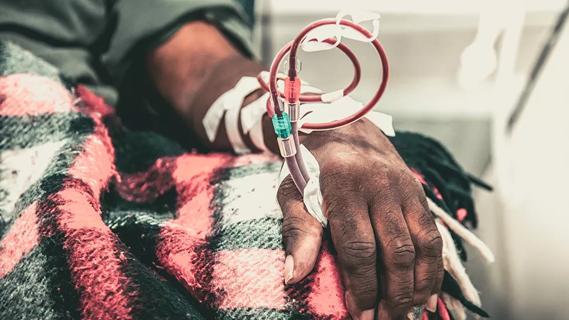
Could mean earlier treatment, but also could have negative effects

Identifying barriers in the renal genetic assessment of Black patients

Getting patients to their goal blood pressure
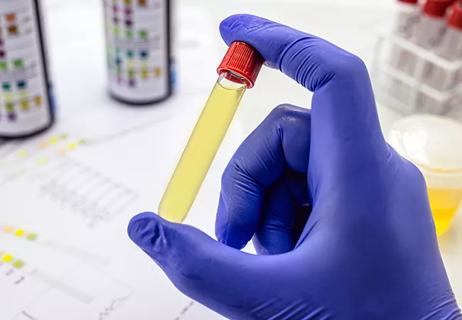
Study highlights benefits of nephrologist-led urine sediment analysis

Using sequencing data to identify novel factors linked to kidney disease with unknown origin
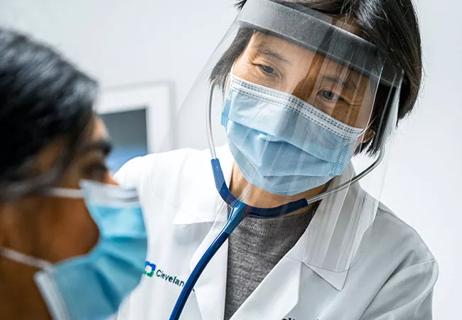
Program plays key role in diagnosis and management of genetic kidney diseases